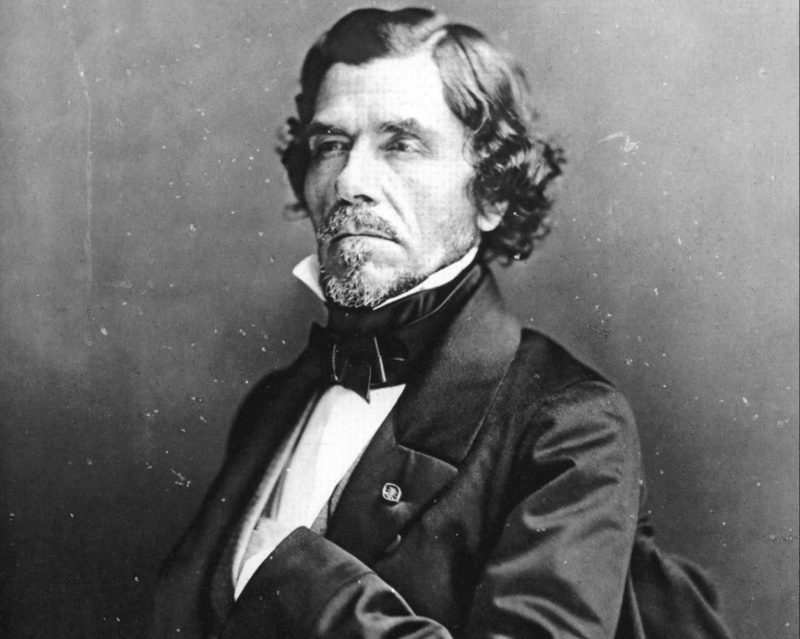Musicians and Artists: Chopin and Delacroix
One of the most famous paintings of Chopin was done by his friend Eugène Delacroix in 1838. It was originally a double portrait of Chopin at the piano while his lover, the writer George Sand, sat to his right, listening and doing needlework, one of her favourite activities. This is one of the few portraits painted by Delacroix, who was better known for his large-scale works and for his lithographic illustration of the works of Shakespeare, Sir Walter Scott, and Goethe.

Delacroix: Preliminary sketch for the double portrait (Louvre, Paris)

Delacroix: George Sand (Ordrupgaard Museum, Copenhagen)
The preliminary sketch shows each sitter in a slightly different position than in the final – Chopin’s head is tipped back and Sand sits very close to him.
Until the death of Delacroix in 1863, the unfinished double portrait was in his studio. After his death, sometime between 1863 and 1874, however, the then-owner of the picture cut it in half, believing it to have greater value if focused solely on each subject. The image of George Sand shows her lost in reverie, with her needlework stilled.

Delacroix: Chopin (Louvre Museum, Paris)
The image of Chopin, silhouetted against a background of a dark wall, gives us the ultimate Romantic hero – talented and doomed to an early death.
When the image was cut in two, the focus on the two subjects meant that a great deal of other material was cut away. A modern collector had both images ‘reassembled’ as a painting, using the 1837 preliminary sketch as its basis.

Modern hypothetical reconstruction of the painting (private owner, unknown)
Chopin: Mazurka No. 18 in C Minor, Op. 30, No. 1 (Vladimir Ashkenazy, piano)
Delcroix visited Chopin during his summer stay at Sand’s estate at Nohant and gives an account of staying in a letter of 7 June 1842:
The hosts could not be more pleasant in entertaining me. When we are not all together at dinner, lunch, playing billiards, or walking, each of us stays in his room, reading or lounging around on a couch. Sometimes, through the window which opens on the garden, a gust of music wafts up from Chopin at work. All this mingles with the songs of nightingales and the fragrance of roses.
At Chopin’s death in 1849, the pallbearers included Delacroix and Camille Pleyel, who had made Chopin’s pianos and whom Chopin had made famous by his playing of them.
